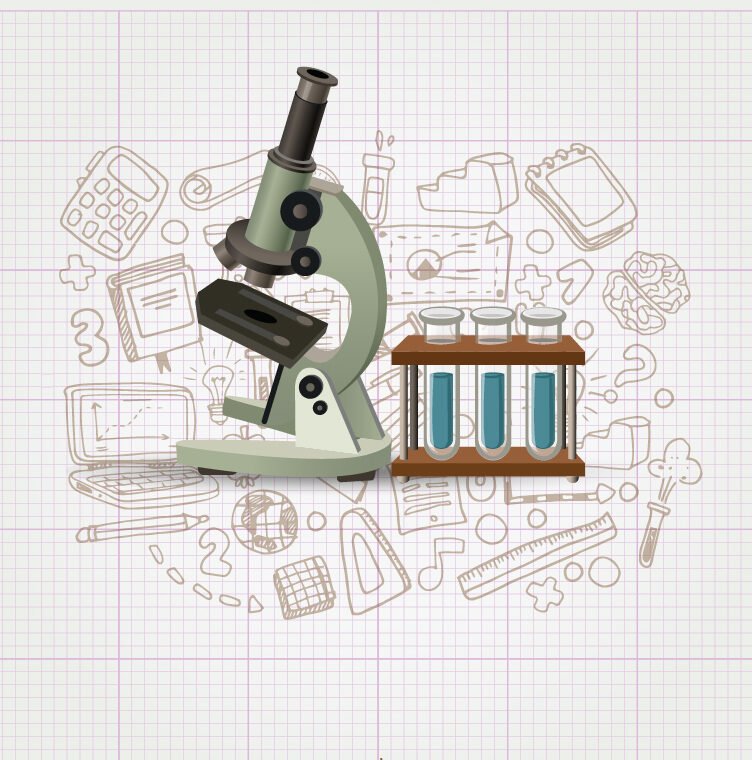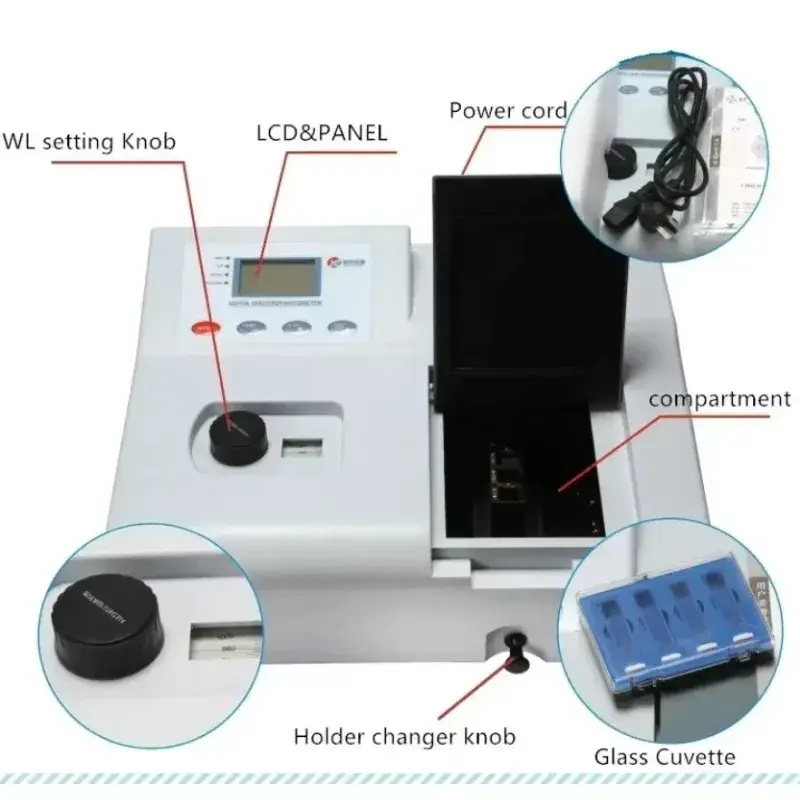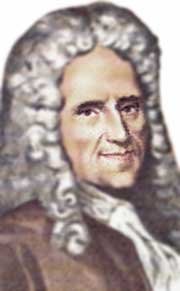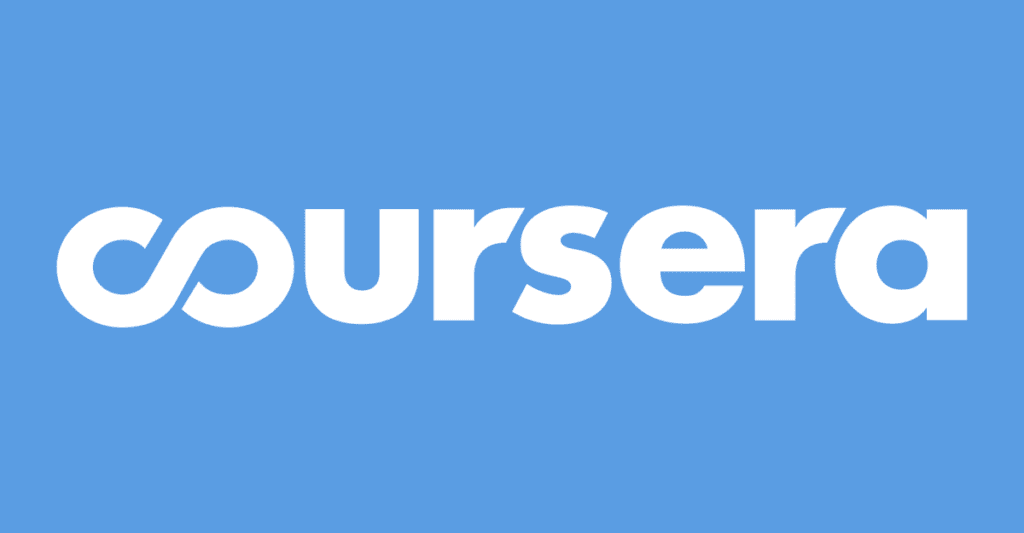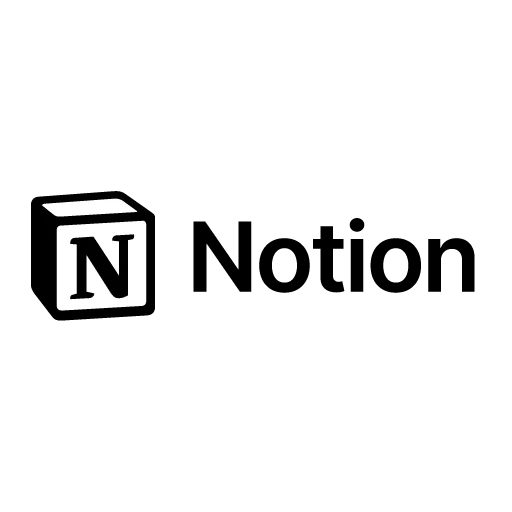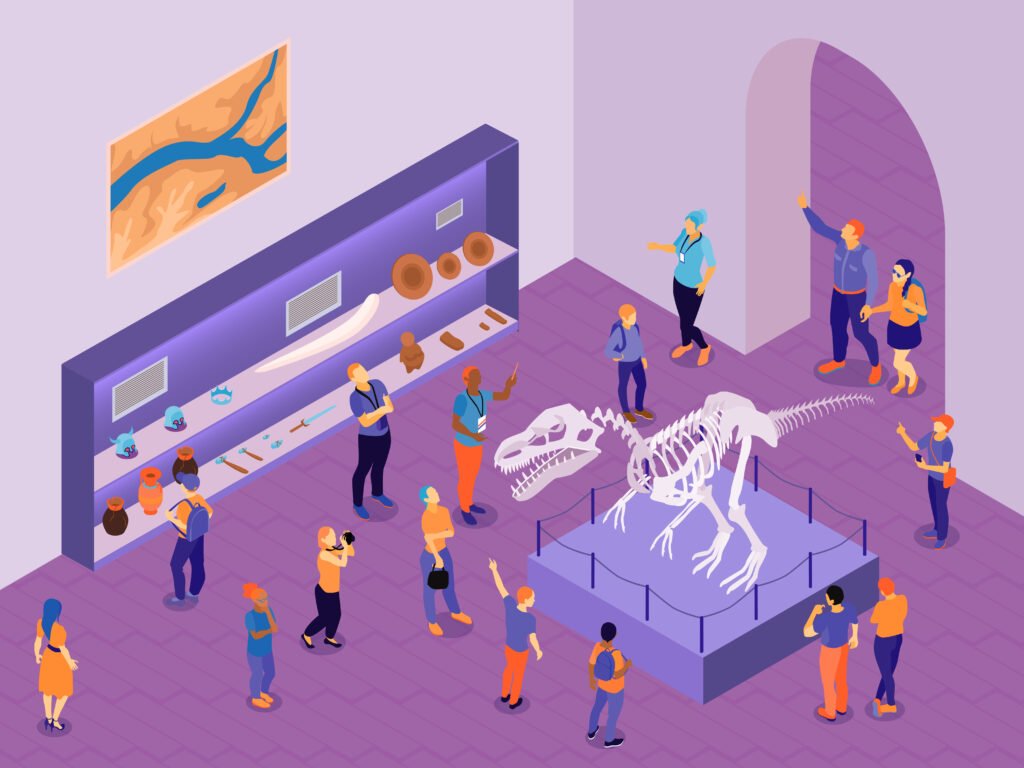The online atom simulations on this page allow us to visualize what the structure of an atom is like, what an isotope is and some of the models of the atom that have had the most historical importance.
What is an atom
An atom is the fundamental unit of matter. It is composed of a central nucleus, which contains protons and neutrons, and electrons that orbit around the nucleus. Protons have a positive charge, electrons have a negative charge, and neutrons have no electric charge.
Atomic number
The number of protons in an atom determines its atomic number, which in turn defines the chemical element to which it belongs. For example, hydrogen has one proton, while oxygen has eight. Electrons are distributed in different energy levels called electron shells.
Molecules
Atoms can combine with each other to form molecules through chemical bonds. This occurs when the electrons of the atoms interact, sharing or transferring electrons with each other. Different combinations of elements and their bonds give rise to a wide variety of chemical substances and compounds.
Structure and Models of the Atom
Our understanding of atomic structure has evolved over time, from early philosophical ideas to modern scientific models based on quantum mechanics.
Early ideas and Dalton’s model
In Ancient Greece, philosophers like Democritus proposed that matter was made up of indivisible particles called atoms. In the 19th century, John Dalton developed the first scientific model, describing the atom as a solid, indivisible sphere.
Thomson’s model
In 1897, J. J. Thomson discovered the electron and proposed the plum pudding model, in which electrons were embedded in a positively charged mass.
Rutherford’s nuclear model
In 1911, after his gold foil experiment, Ernest Rutherford concluded that the atom has a small, dense nucleus with a positive charge, surrounded by moving electrons.
Bohr’s model
In 1913, Niels Bohr proposed that electrons move in circular orbits with defined energy levels. This model explained the hydrogen atom well but failed for more complex atoms.
Modern quantum mechanical model
The development of quantum mechanics led to the current model of the atom. In this model, electrons do not follow fixed orbits but are located in atomic orbitals, regions where there is a higher probability of finding them. These orbitals are organized into energy levels and sublevels, determining each element’s chemical and physical properties.
Electron configuration
Electron configuration describes how an atom’s electrons are distributed among its orbitals. The filling order follows the Aufbau principle, Hund’s rule, and the Pauli exclusion principle, ensuring electrons occupy the lowest-energy levels first. Electron configuration is key to understanding an element’s chemical reactivity and its position in the periodic table.
The importance of understanding atoms
The understanding of the atom has led to the development of various technological applications. For example, nuclear energy is based on the fission or fusion of atomic nuclei to generate electricity. In addition, advances in semiconductor technology have enabled the creation of ever smaller and more powerful electronic devices, such as computers and smartphones.
Scientific research continues to explore the secrets of the atom. Particle accelerators and particle physics experiments seek to unravel the fundamental nature of matter and the universe. Understanding the atom is fundamental to our understanding of the world around us and to the development of new technologies that will improve our quality of life.
Explore the exciting STEM world with our free, online simulations and accompanying companion courses! With them you'll be able to experience and learn hands-on. Take this opportunity to immerse yourself in virtual experiences while advancing your education - awaken your scientific curiosity and discover all that the STEM world has to offer!
Atom simulations
- Atom
- Nucleus
- Structure
- Electrons
- Bohr
- Rutherford
- Interactions
- Isótopes
Build an atom
Build an atom with protons, neutrons and electrons, and see how the element, charge and mass change, then play to test your ideas!
File
Build a nucleus
Build a nucleus with protons and neutrons. See how different disintegrations change the nucleus. Study isotopes and much more!
Ficha
Estructura de un átomo
What does an atom look like? Atomic models are representative “pictures” that help us understand what an atom looks like. Historically, there have been many atomic models.
Electrons configuration
The electrons configuration of an atom refers to the arrangement of the atom’s electrons. The electrons fill the lowest energy levels first.
Bohr’s atomic model
In Bohr’s atomic model the electrons are placed in stable circular orbits around the nucleus. The atom has only certain energy levels. Electrons change energy levels by emitting or absorbing photons.
Rutherford scattering
The Rutherford scattering experiment revolutionized our understanding of the atom by demonstrating that the positive charge and almost all the mass of the atom are concentrated in a tiny nucleus, surrounded by electrons. This interactive simulation lets you recreate the experiment by launching alpha particles and observing how they deflect when they collide with the nucleus. Explore how the scattering of particles reveals the inner structure of the atom and visually grasp the fundamentals of the nuclear model proposed by Rutherford.
File
Atomic interactions
Explore the interactions between various combinations of two atoms. Observe the total force acting on the atoms or the attractive or repulsive force separately. Customize the attraction to see how the interaction is affected by changing the atomic diameter and interaction strength.
File
Isotopes and atomic mass
Are all atoms of an element the same? How can you tell one isotope from another? Use the simulator to learn about isotopes and how abundance relates to the average atomic mass of an element.
File
Giants of science
“If I have seen further, it is by standing on the shoulders of giants”
Isaac Newton

Amedeo Avogadro
–

Robert Boyle
–
Become a giant


The Physics of Electronic Polymers (PEP)



Energy to Electrochemistry Final Exam



Electrochemistry



Pre-University Chemistry



Preparing for CLEP Chemistry: Part 1



Big Bang and the Origin of Chemical Elements



